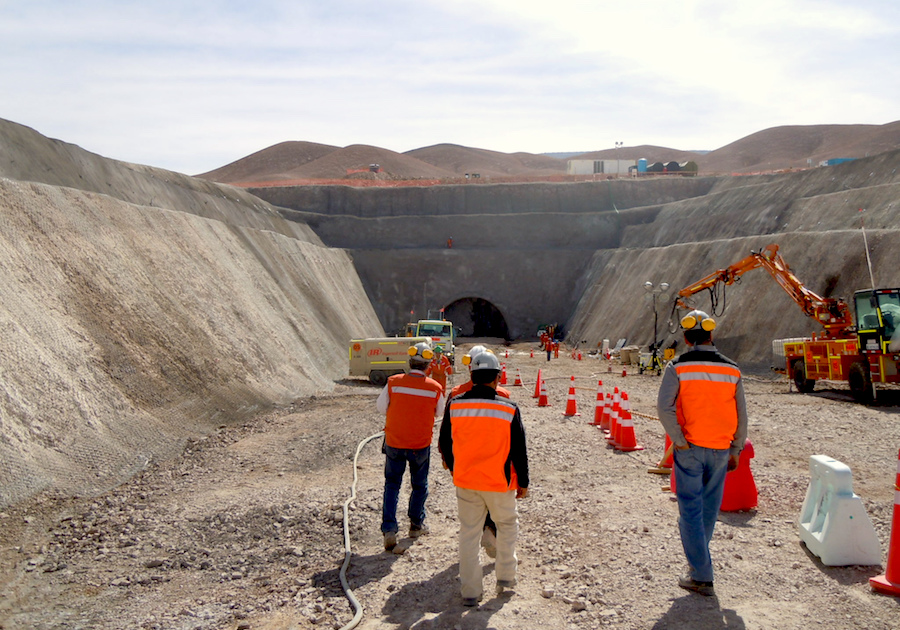Low copper prices force Codelco to revise underground expansion of Chuquicamata

Chile’s Codelco, the world’s top copper producer, plans to introduce key changes to one of its flagship projects — the much-needed underground expansion of its century-old Chuquicamata mine — as lower metal prices call for higher efficiencies.
The modifications, filed last week, aim mostly at simplifying some aspects of the project — originally approved in 2010 — to optimize mineral handling, local newspaper La Tercera reported (in Spanish).
Codelco’s new plan involves mining in just three underground levels instead of the four originally planned.
“Given that its [original] design, construction and operation were conceived under different market conditions, it is necessary to carry out modifications to the original project, with the goal of managing the risk of losing value and maintaining the exploitation process (block caving),” Codelco said in documents filed with the country’s environmental watchdog (SEA for its initials in Spanish).
The state-owned miner, which faces what its chief executive Nelson Pizarro recently called its “worst crisis ever” since created in 1976, will now mine in just three underground levels instead of the original four planned.
The new project, which will require a $1.4 billion investment, won’t affect planned production or expected life of the mine, Codelco said.
Taking Chuquicamata underground is one Codelco’s most important projects included an ambitious investment plan, originally pegged at $25 billion (now sitting at about $18bn), aimed at upgrading the company’s aging mines and dealing with dwindling ore grades.
The copper giant is expected to spend a total of $4 billion in the underground expansion, to be completed in 2019, and which will allow Chuquicamata to remain in operations. Once at full tilt, by 2025, the mine is expected to produce 1.7 million tonnes of the red metal a year.
Codelco generates around a tenth of the global copper supply and it has been one of the main forces behind Chile’s transition from one of Latin America’s poorest countries to one of the richest over the past 40 years.
More News
Nornickel believes 2026 will bring dividends, CEO says
Nornickel did not pay full-year dividends for 2022, 2023 and 2024.
December 27, 2025 | 07:42 am
{{ commodity.name }}
{{ post.title }}
{{ post.date }}




Comments
Wiesław Jura
lowest prices needs innovative mining methods including underground blast-hydro borehole mining tehnology – significantlly costeffective